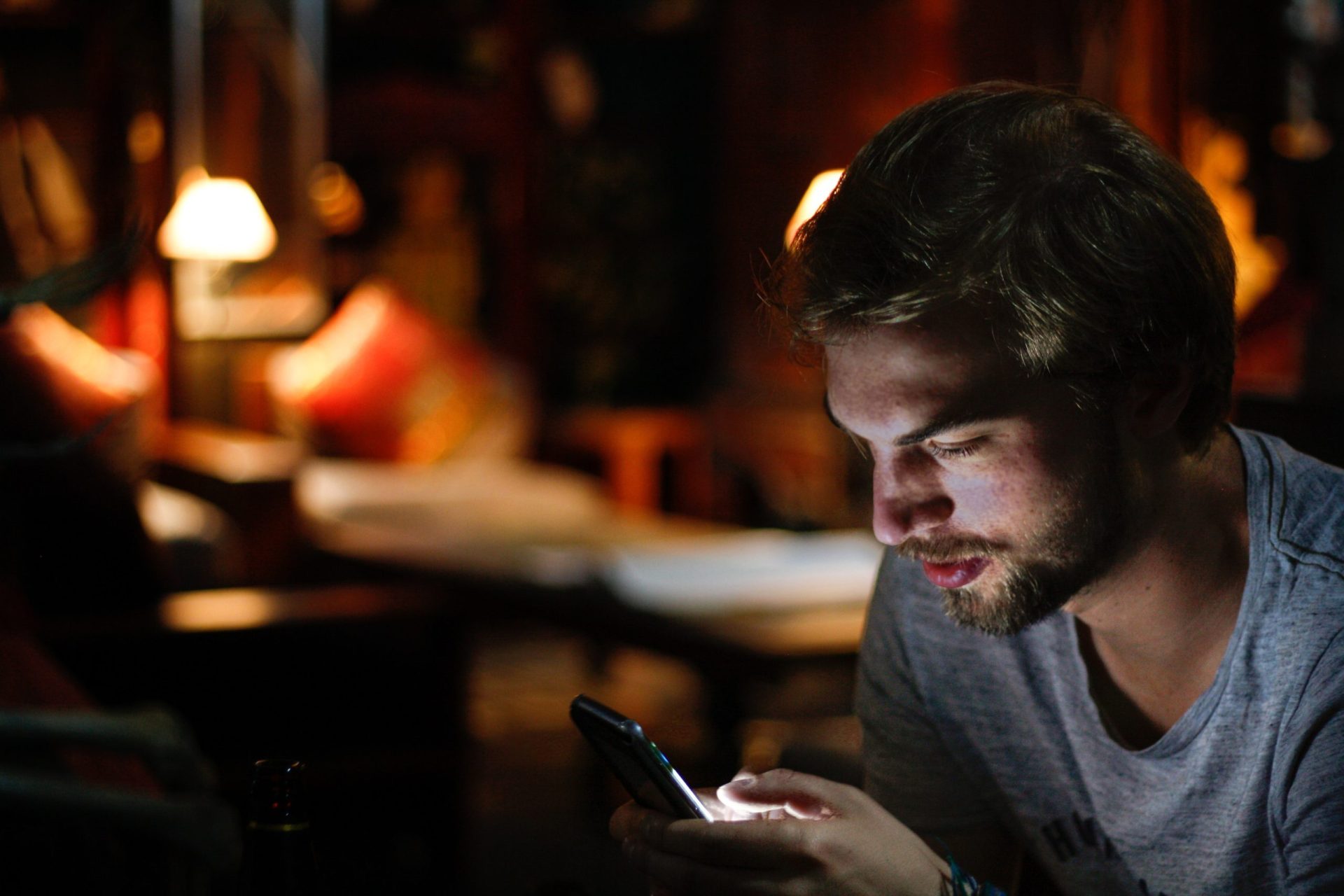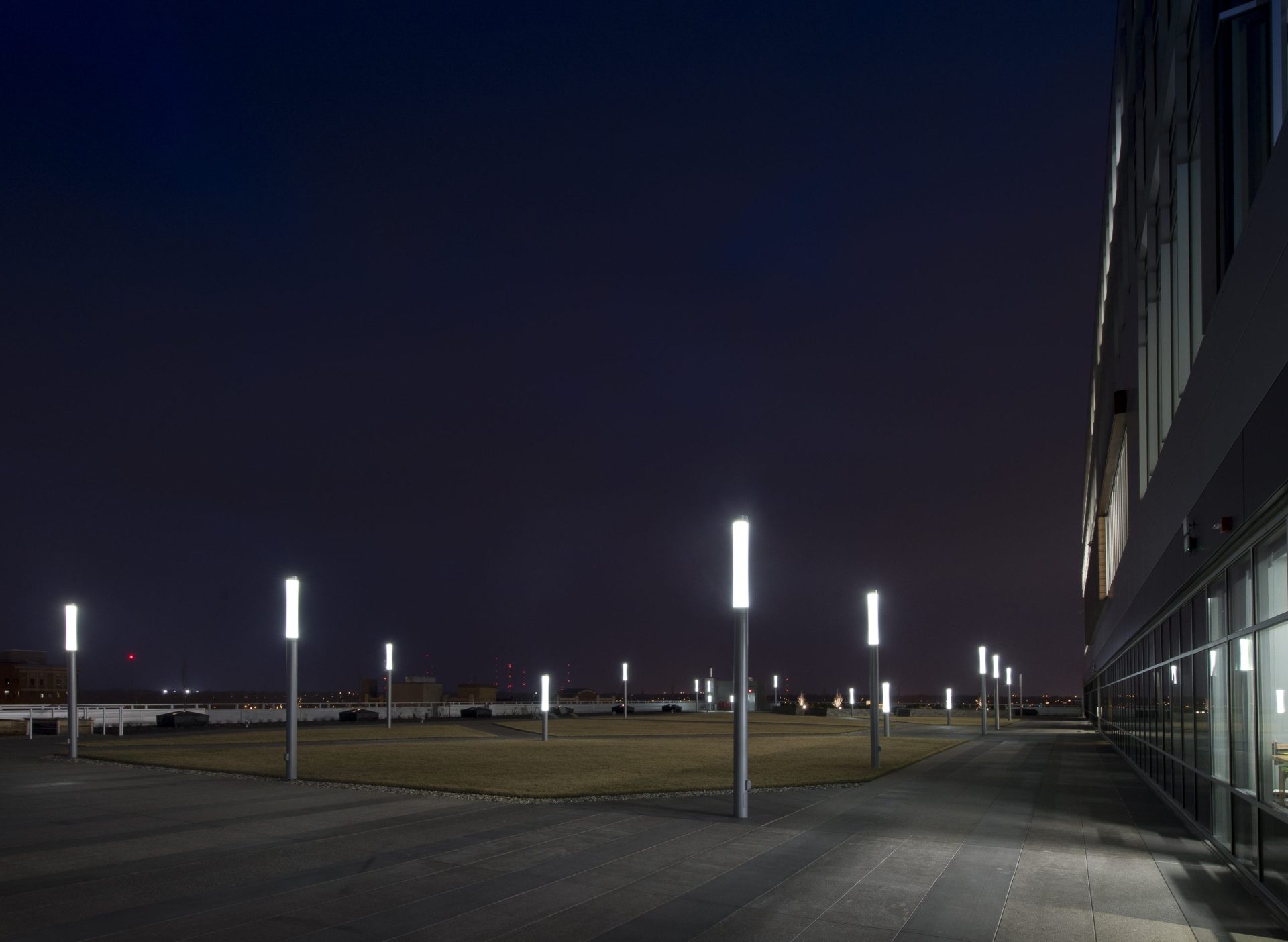4 Things to Know about Circadian Lighting
By Kelsey Rowe, PE, CLD
February 3, 2022Post Tagged in
 |
Circadian lighting – have you heard of it? Maybe you’ve seen it called human-centric lighting, or you’ve read about how blue light can affect your sleep cycle. The WELL Building Standard features an entire concept on Light, part of which focuses on circadian lighting. You can filter out blue light on your cell phone screen and buy an alarm clock that wakes you up with a happy light.
|




